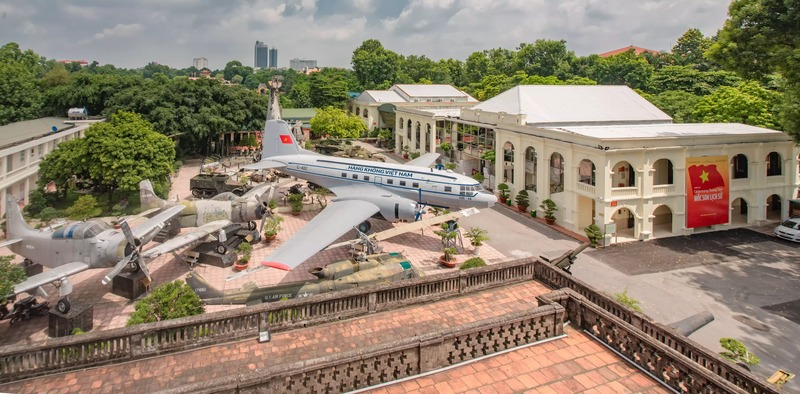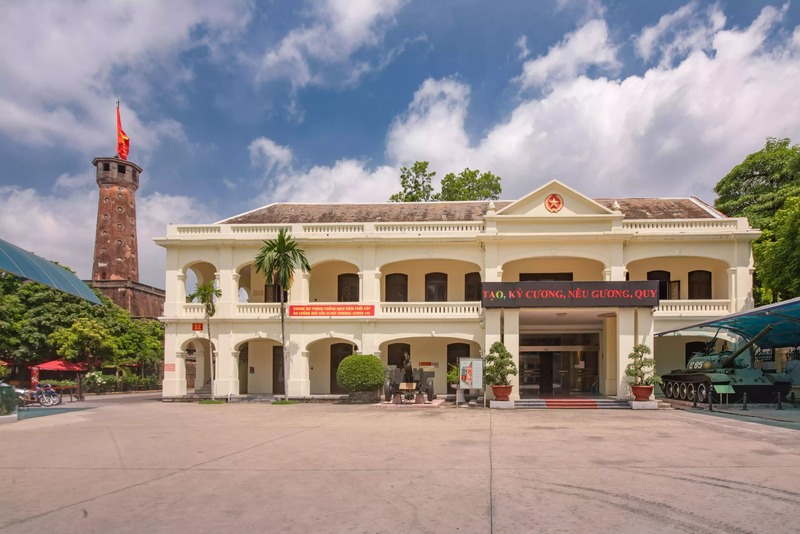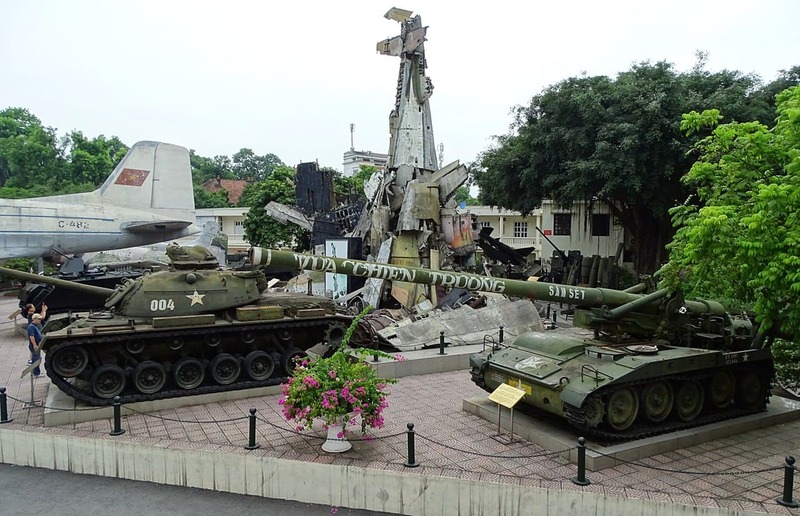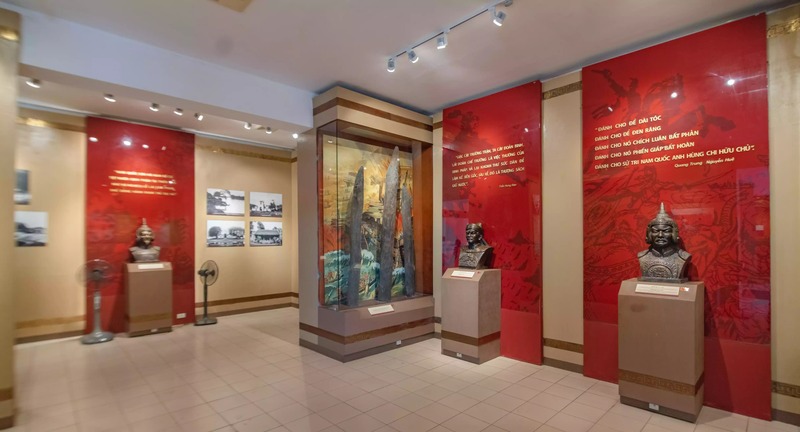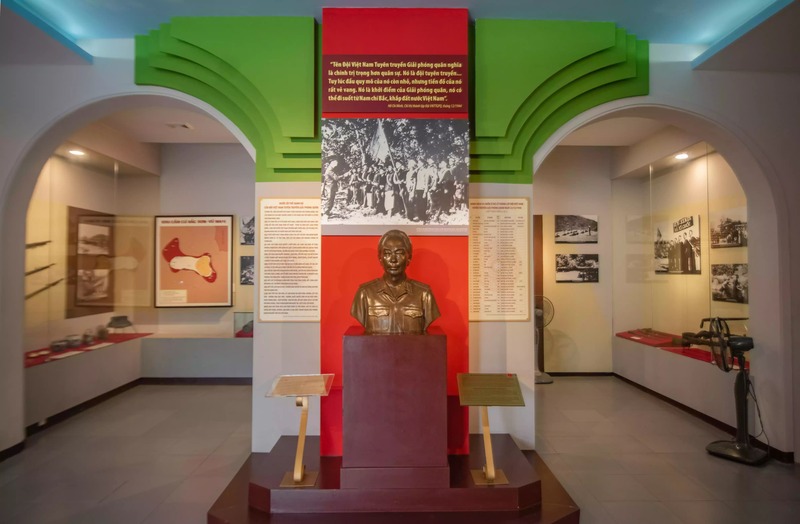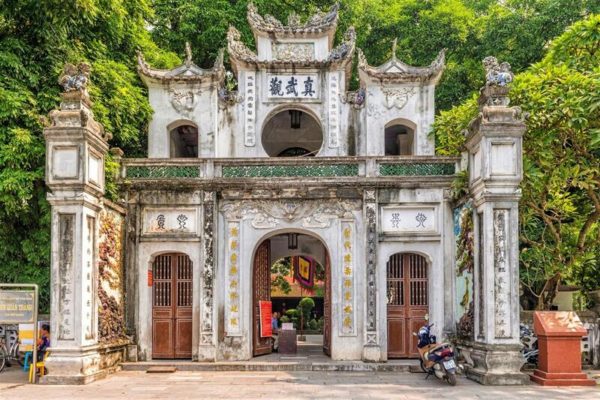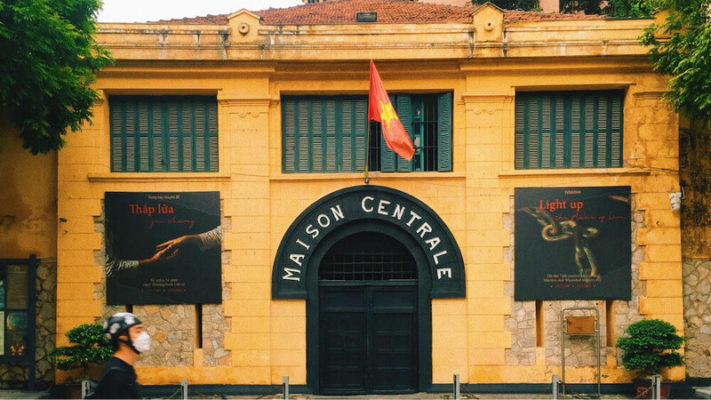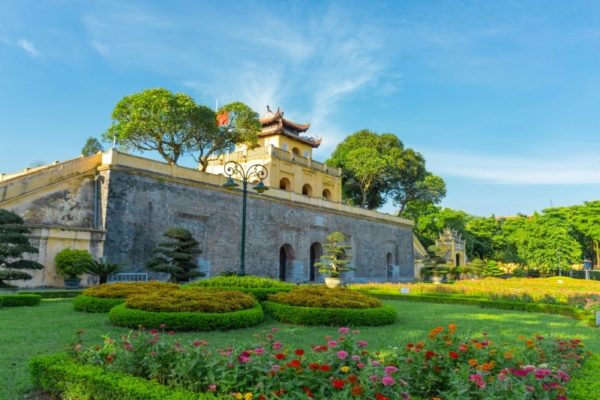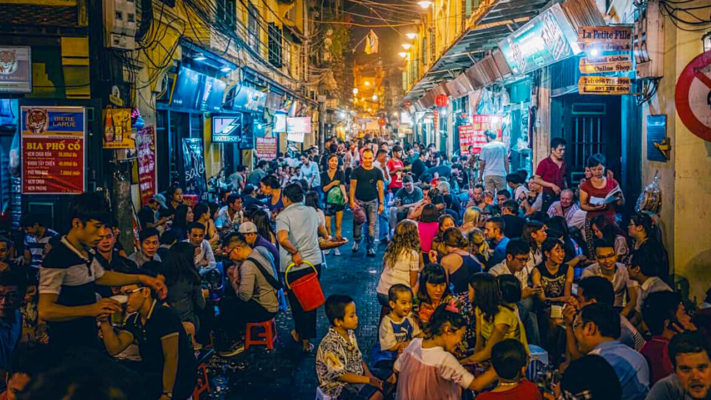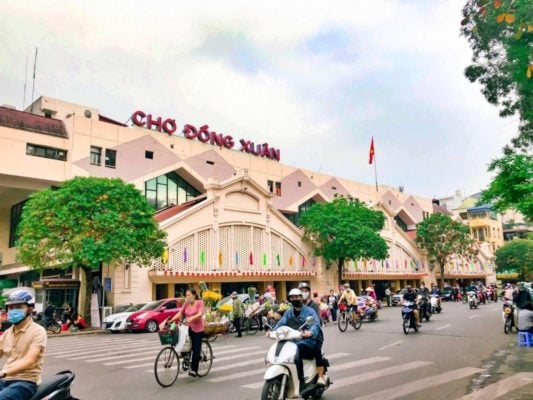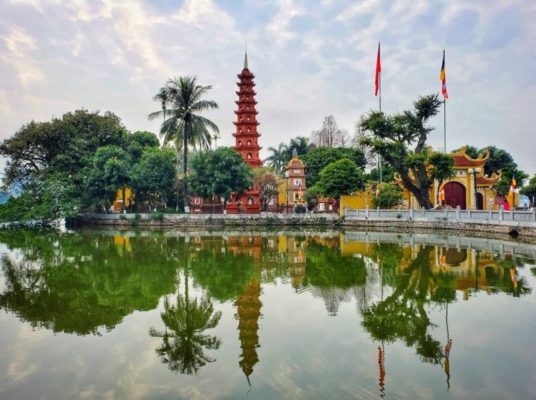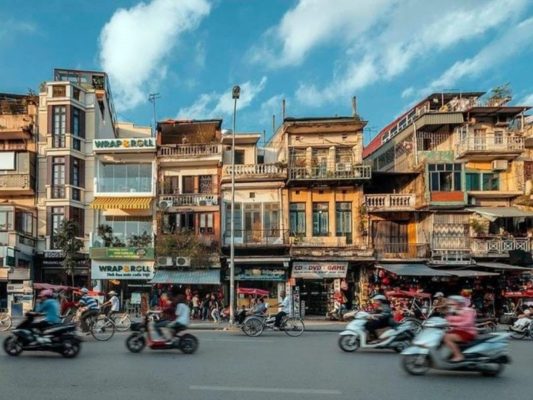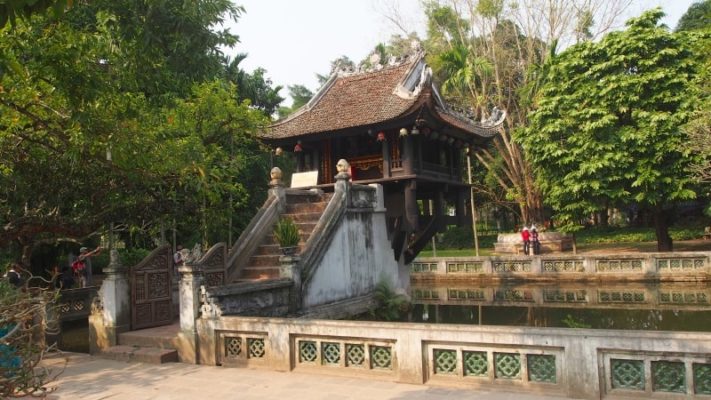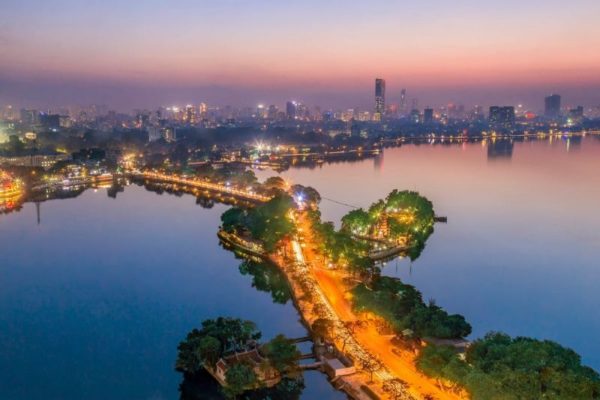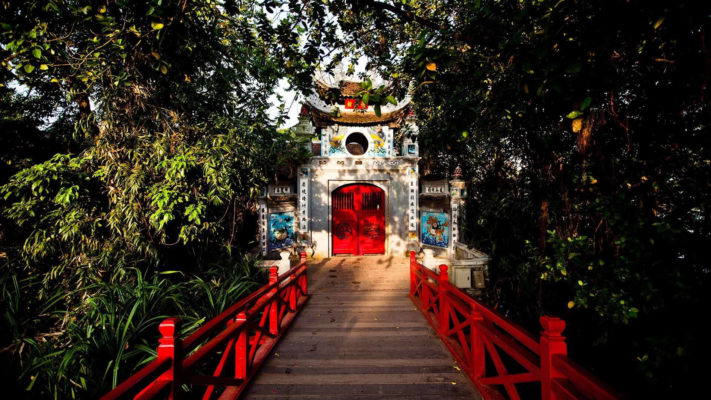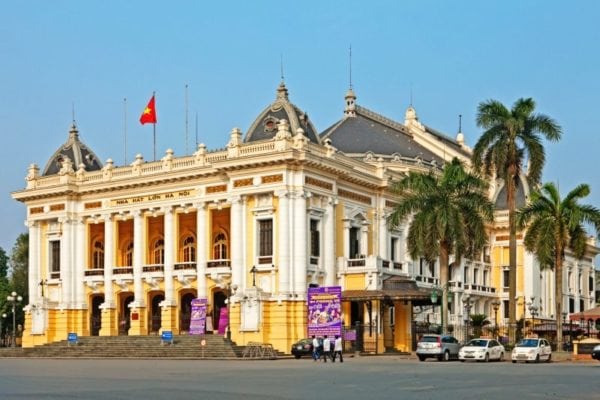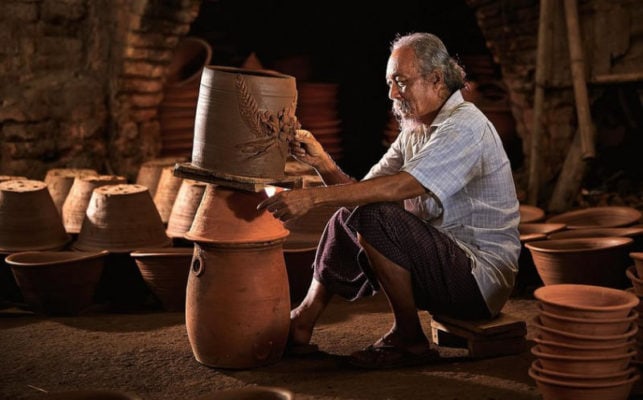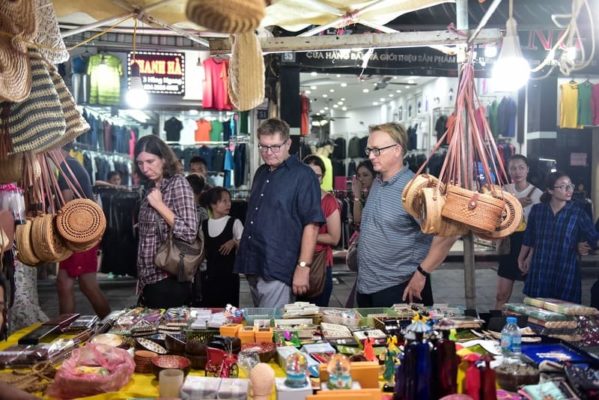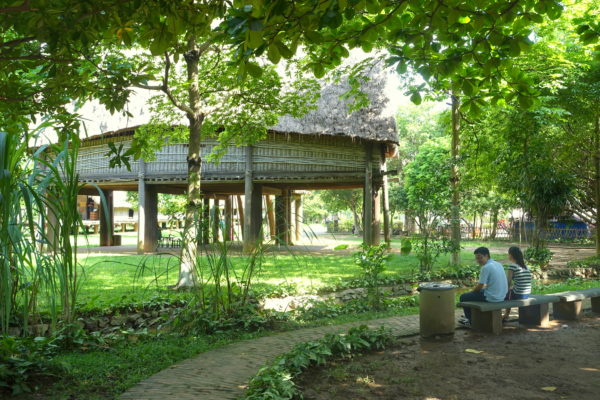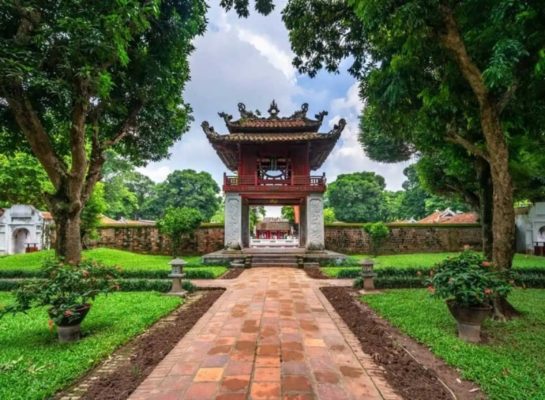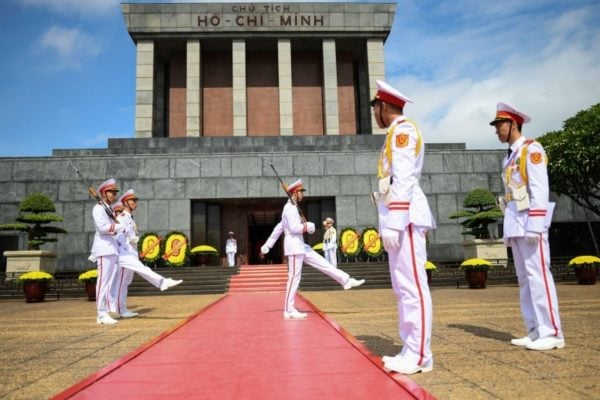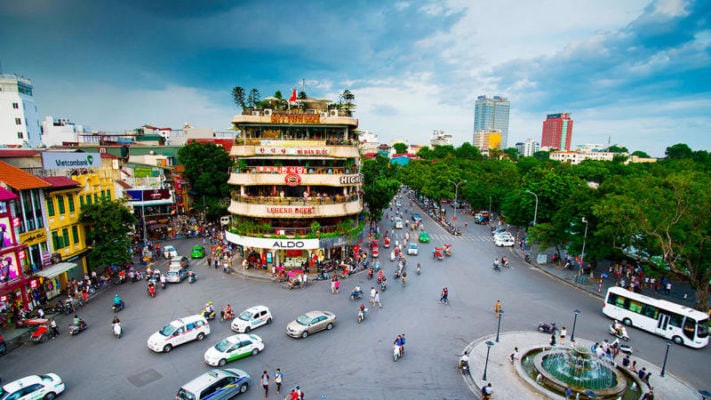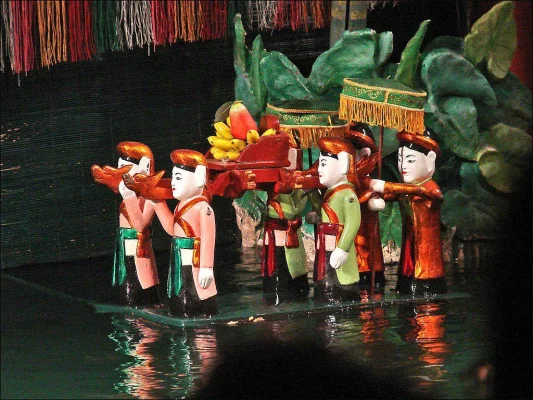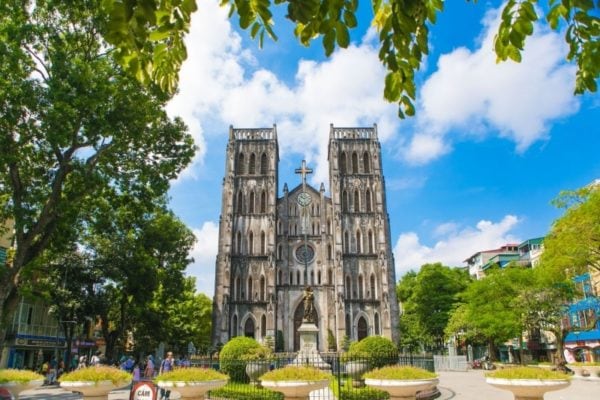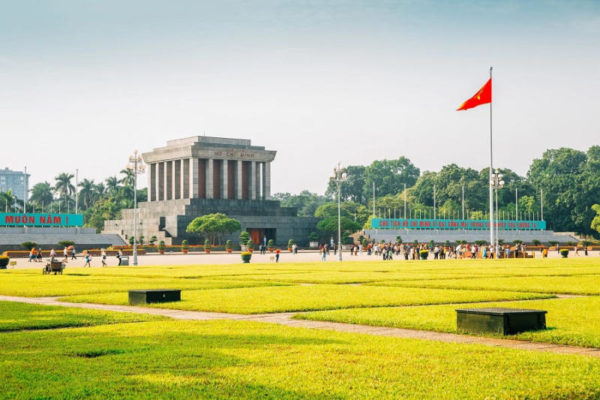Vietnam Military History Museum is one of 6 national museums, with an area of more than 15,000 m2. This project was built in 1956 and officially opened in 1959. The museum is a place to display images and artifacts associated with the country’s historical years, during the two resistance wars against colonialism and imperialism.
During the tour, people seem to relive the historical days, from their birth under the Hung Kings, to the official unification in April 1975. Follow Vietnamtour.in to explore the museum. this special through the article below!
The History Context of Vietnam Military History Museum
The Vietnam Military History Museum was a project built in 1956, lasting until 1959 when it was officially completed.
- On July 17, 1956: The Vietnam Military History Museum was established, beginning a journey to preserve and celebrate Vietnam’s military heritage.
- By the end of 1959: The museum was renamed the Military Museum Department
- On May 15, 1964: It elevated to the status of the Military Museum Institute
- In 1988: The Military Fine Arts Workshop integrated into the museum
- In 2002: The institution embraced a new identity as the Vietnam Military History Museum, continuing its mission to document and honor the nation’s storied past
Location of Vietnam Military History Museum
Located in the southwest of Hanoi capital, the Vietnam Military History Museum is situated at 28A Dien Bien Phu Street, Ba Dinh Ward. Travelers can combine visits to the Vietnam Military History Museum with nearby attractions like Hoan Kiem Lake and Hanoi Cathedral.
Opening Hours And Ticket Fee
- Opening times: 08:00 am to 11:30 am in the morning; 01:00 pm to 04:30 pm in the afternoon
- Ticket fee: 40,000 VND/ pax
How To Get There
The museum is 5km from the city center, so travelers can reach it by car, bus, or motorbike.
By bus
Take bus numbers 9, 18, 41, and 45 at the station at Dien Bien Phu Street, or bus numbers 02, 23, 32, and 34 at the station at Tran Phu Street.
Rented car/ motorbike
Travelers can follow one of the following routes:
- Route 1: Van Cao Street – Thuy Khue Street – Phan Dinh Phung Street – Hoang Dieu Street – Dien Bien Phu Street – Vietnam Military History Museum
- Route 2: Cong Vi Street – Kim Ma Street – Nguyen Thai Hoc Street – Dien Bien Phu Street – Vietnam Military History Museum
By taxi
Travelers can book a taxi through apps like Vinasun, Grab, Gojek, or Be to know the price beforehand. Note: Do not go with unnamed taxis.
>> You can read: Top 8 Museums in Hanoi for Your Cultural Journey
What To See in the Vietnam Military History Museum?
The Vietnam Military History Museum covers a total area of 10,000 square meters, displaying over 4,000 artifacts, documents, and images. The exhibition areas for travelers include:
The Outdoor section – The zone to display large artifacts
This 5,000-square-meter area showcases large historical artifacts linked to the nation’s defense efforts. Travelers can see airplanes, tanks, and artillery, totaling around 200 items.
Notable exhibits include captured SAM-2 and SAM-3 missiles, a victory monument made from a downed B52 aircraft, and various historical guns and cannons.
The highlight includes four national treasures: two MiG-21 aircraft (numbers 5121, 4324) and two T-54B tanks (number 843). The area also features a historical map with the inscription “Determined for the Ho Chi Minh Campaign,” symbolizing the nation’s resolute spirit.
Additionally, the outdoor section houses the Hanoi Flag Tower, built during King Gia Long’s reign, with a three-tiered structure and flagpole at the top.
The first floor – Exhibition during the Hung King – An Duong Vuong King and the Period from 1954 – 1968
The first floor of the Vietnam Military History Museum is divided into two halls, including halls S2, S3, and S4. Hall S2 is a place to display artifacts associated with the Vietnamese military during the period of Hung King – An Duong Vuong King and before the 1930s.
During their time at the Vietnam Military History Museum, travelers can relive the years of history. Here, travelers can admire artifacts and learn about documents and pictures related to the early stages of building and defending the country.
Artifacts associated with King Ngo Quyen’s great victory over the Southern Han army certainly make people feel proud. In addition, it also displays resistance war artifacts from the Ly Dynasty to the Nguyen Dynasty, before the 1930s.
S3 is an exhibition of historical artifacts and documents during the resistance war against the US from 1954 – 1968. The main highlight is the artifacts and documents associated with the great victory in the spring of 1975. Area S4 is the place to display history. Vietnam’s military history from 1975 to the present, with military equipment has created a golden history for the country.
The second floor – Exhibits artifacts of the two resistance wars
The second floor in hall S3 is an area used to exhibit artifacts and historical documents of Vietnam’s military during the two resistance wars against the French colonialists and the American imperialists. The model recreating the historic Ho Chi Minh Campaign is a place that attracts a large number of tourists when visiting the Vietnam Military History Museum.
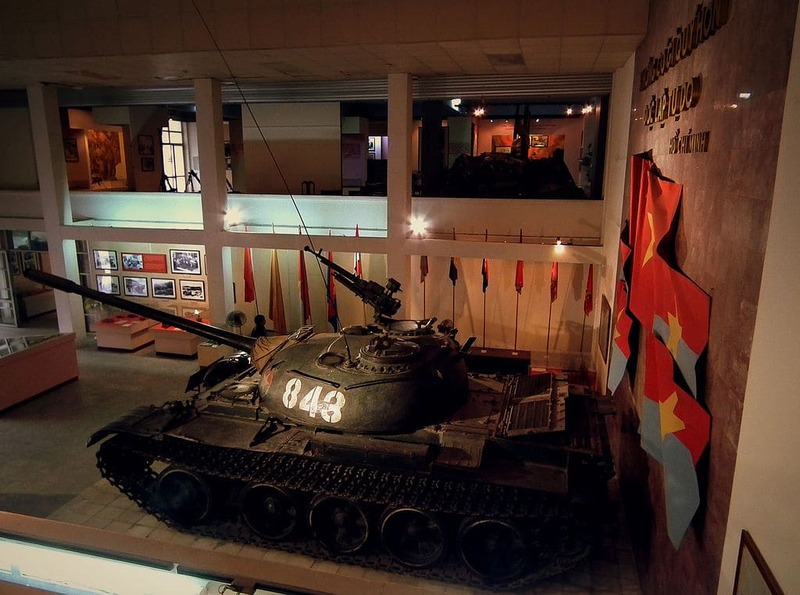
The S4 lobby is a place to exhibit Vietnamese history during the resistance period of 1969 – 1975. The historic Ho Chi Minh Campaign is a place that attracts a large number of tourists when visiting the Vietnam Military History Museum.
In addition, in the indoor exhibition area at the Vietnam Military History Museum, there are also three thematic displays, including
- Rudimentary and self-made weapons in war. This is the place to display the bicycles associated with the Earth-shaking Dien Bien Phu campaign in 1954.
- The world supports Vietnam’s resistance to war
- Vietnamese Heroic Mothers with mothers who are willing to put aside their family’s pain to send their husbands, children, and grandchildren off to war
Notes/Tips When Visiting Vietnam Military History Museum
If you intend to visit Vietnam Military History Museum, visitors should note the following to have a memorable trip:
- You should go on weekdays, in the morning or early afternoon to avoid crowds
- To better understand the documents and artifacts, travelers can visit under the guidance of tour guides at the museum.
- Do not touch artifacts
- Do not bring inflammable substances or sharp objects
- No smoking inside the museum premises
- Choose polite clothing suitable for the museum space
- Keep the environment clean. Put garbage in the right place
- Do not joke, talk loudly, or make noise that affects others
If you love exploring Vietnamese history, and learning about more than 4,000 years of building and defending the country, then the Vietnam Military History Museum is the right destination. With more than 4,000 artifacts, pictures, and historical documents, travelers seem to return to the fierce and heroic period of previous generations. If you are making a plan to Vietnam, take a look at our Vietnam tour packages for indigenous destinations.
OTHER ATTRACTIONS IN HANOI

